How Technology is Reshaping the Education System

In today’s fast-changing world, technology has become one of the most powerful drivers of change in education. From digital classrooms to artificial intelligence, the way students learn and teachers instruct has transformed dramatically over the past decade. Gondoob Institute is at the forefront of this revolution, ensuring learners gain the digital skills and knowledge necessary for future success.
1. Digital Classrooms and Online Learning
Gone are the days when education was limited to physical classrooms. Today, online platforms allow students to learn from anywhere in the world. Virtual classrooms, live sessions, and recorded lectures provide flexibility for working professionals, students, and lifelong learners. With platforms like Learning Management Systems (LMS), institutes can track progress, provide feedback, and create personalized learning paths. This has made education more accessible and inclusive than ever before.
2. Artificial Intelligence in Education
Artificial Intelligence (AI) is reshaping how both students and teachers interact with content. AI-powered tools can recommend personalized study materials, automate grading, and even predict student performance. For example, chatbots help answer student queries instantly, reducing the communication gap. At Gondoob Institute, we believe AI can make education smarter, faster, and more tailored to each learner’s unique needs.
3. Gamification and Interactive Learning
Technology has also introduced gamification into education. By using game-like elements such as points, badges, and leaderboards, learning becomes fun and engaging. This approach increases student motivation and encourages active participation. Interactive simulations in subjects like science, social studies, and technology allow learners to experience real-life scenarios instead of just reading about them.
4. Access to Global Knowledge
The internet has broken barriers to knowledge. With just a click, students can access libraries, research papers, and e-learning platforms worldwide. This global exposure helps learners understand diverse perspectives and stay updated with the latest advancements in their fields. Social sciences, for example, benefit greatly from global discussions and case studies, while technology courses thrive on updated tutorials and innovations.
5. Preparing Students for the Future
One of the most important roles of technology in education is preparing students for the future workplace. Today’s careers demand digital literacy, critical thinking, and adaptability. Courses in web development, artificial intelligence, and digital communication equip students with practical skills. At Gondoob Institute, our programs in Languages, Social Sciences, and Technology are designed to meet these demands and create future-ready graduates.
Conclusion
Technology is no longer just a tool in education—it is the backbone of modern learning. It has made knowledge more accessible, classrooms more interactive, and careers more promising. As the world continues to evolve, institutions like Gondoob Institute are committed to leveraging technology to shape minds and build futures.
